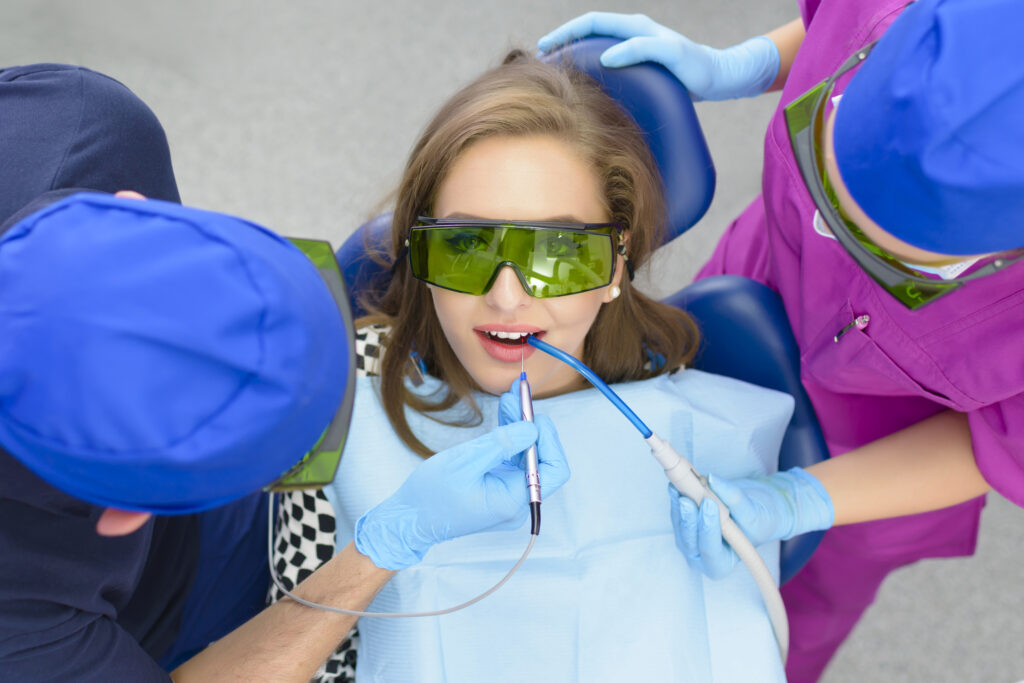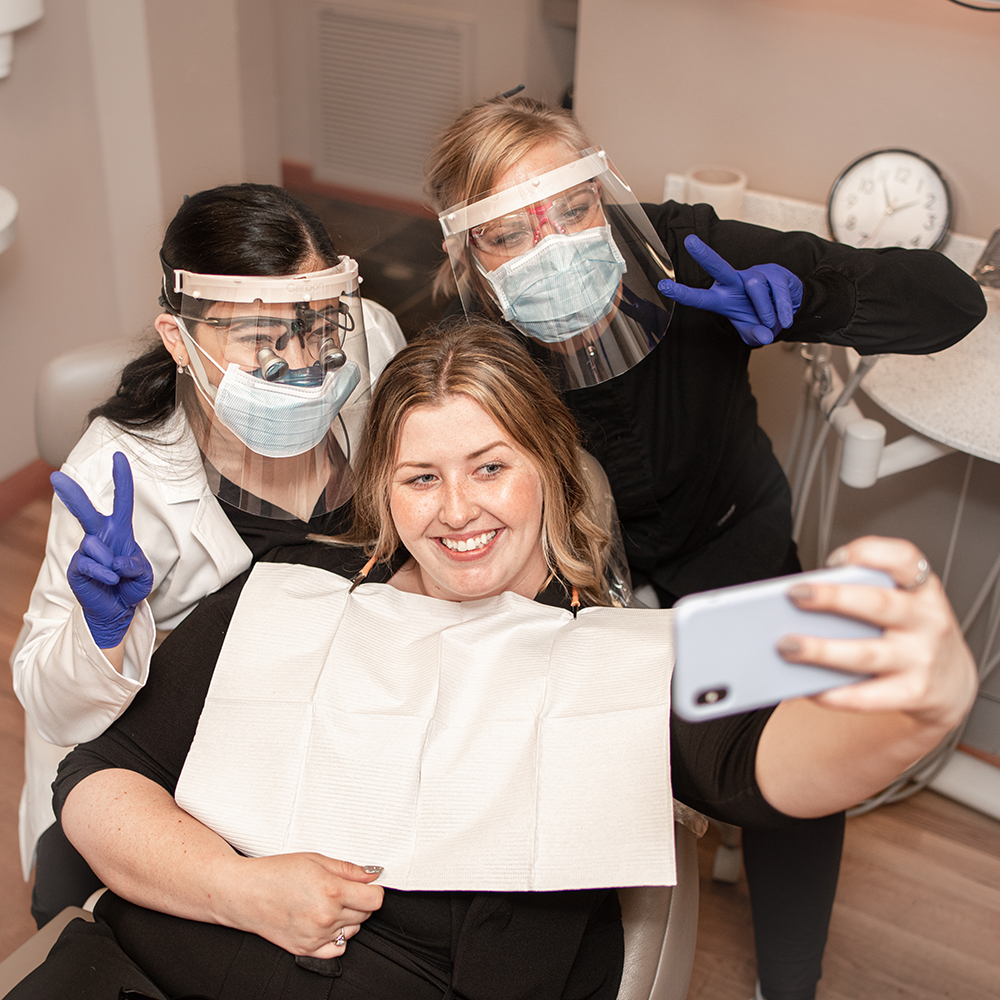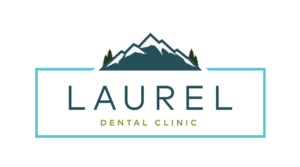Lasers have been in the dental field for some time now, but over the last couple of years have really become a popular topic.

More dental offices are starting to see the benefits lasers can provide to their patients and instead of a cool tech fad, they are slowly becoming the standard of care. Patients are usually unsure of what services lasers can provide, and it is our job to inform you. Below we’ve outlined a few of the main functions of laser dentistry.
Dental Hygiene:
“Laser Bacterial Reduction (LBR).” LBR can benefit all patients regardless of their periodontal condition or history. The function is as the name states, to reduce the number of periodontal pathogens in the gum pockets. This leads to less bleeding and inflammation at subsequent visits and creates an overall healthier oral cavity.
Another procedure hygienists may perform with the laser is “Gingival Curettage.” This is an adjunctive procedure used in addition to scaling and root planning (SRP or Gum Therapy) for patients with active periodontal disease. Gingival curettage is the act of removing infected tissue within the pocket and is a quick and beneficial addition to SRP therapy.
Removing necrotic tissue and reducing bacterial pathogens within the pockets allows the gum tissue to heal more quickly.
Tooth Whitening:
There are several methods of tooth whitening, but the laser option typically causes less sensitivity than more intense UV options. Patient’s teeth can become about 2-3 shades lighter after laser whitening and for patients with already sensitive teeth, this is a good alternative and can be followed up with at home whitening trays.

Decay Removal/Cavity Preparation:
There are two main types of lasers, those that cut soft tissue only and those that cut both hard and soft tissues. The latter form can be used in decay removal and to prepare cavities for fillings. The advantage of this method is that patients often experience little to no discomfort even when they are not numb.
It does take a bit longer than traditional decay removal, but usually doesn’t require more chair time if the patient doesn’t need anesthetic. While we are not performing this particular procedure at Laurel Dental Clinic it is something to be aware of that may be added in the future.
Aphthous Ulcers/Herpetic Lesions:
Many patients suffer from aphthous ulcers (canker sores) and Herpetic Lesions (cold sores), both of which can be very painful. Early research has shown that treating these lesions with the laser leads to less discomfort for the patient and faster healing times. There are various reasons this may be occurring with the laser treatment which include, dehydration, possible biostimulation, decontamination, and potentially preventing the Herpes Virus from replicating.
While we don’t currently have laser technology in our office it is something we hope to add in the future. In the meantime, we will continue to stay up to date and educated on the most current advancements in the field of dentistry.
References / Resources
“Dental Lasers and the Dental Hygienist”
http://www.rdhmag.com/articles/print/volume-28/issue-6/feature/dental-lasers-and-the-dental-hygienist.html
“It’s not Rocket Science”
http://www.rdhmag.com/articles/print/volume-31/issue-7/features/its-not-rocket-science.html


